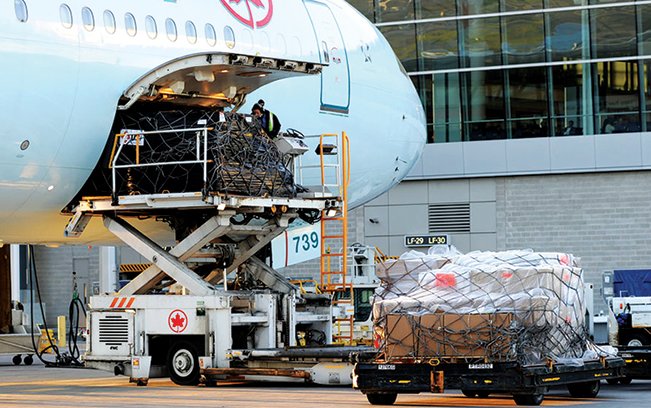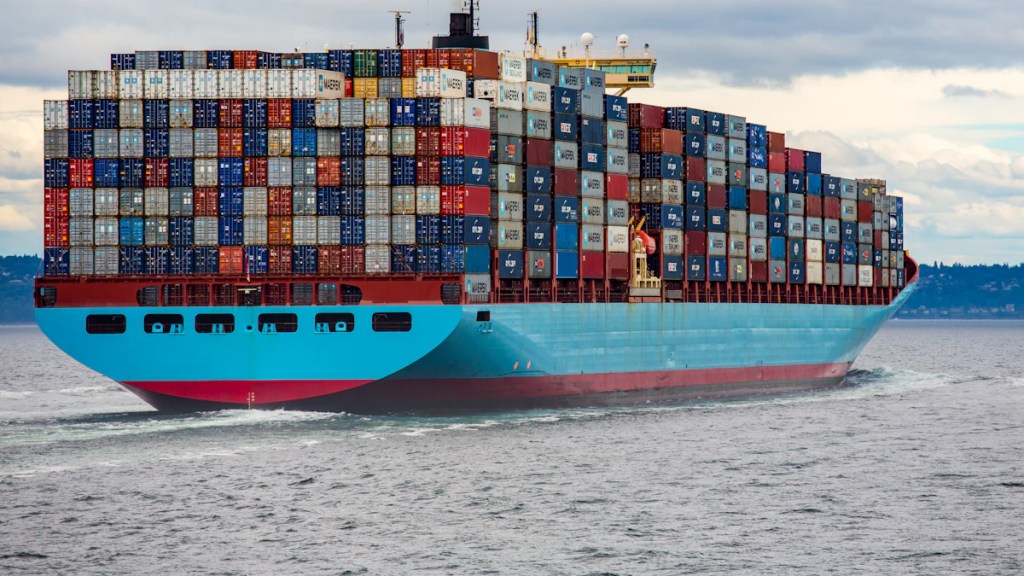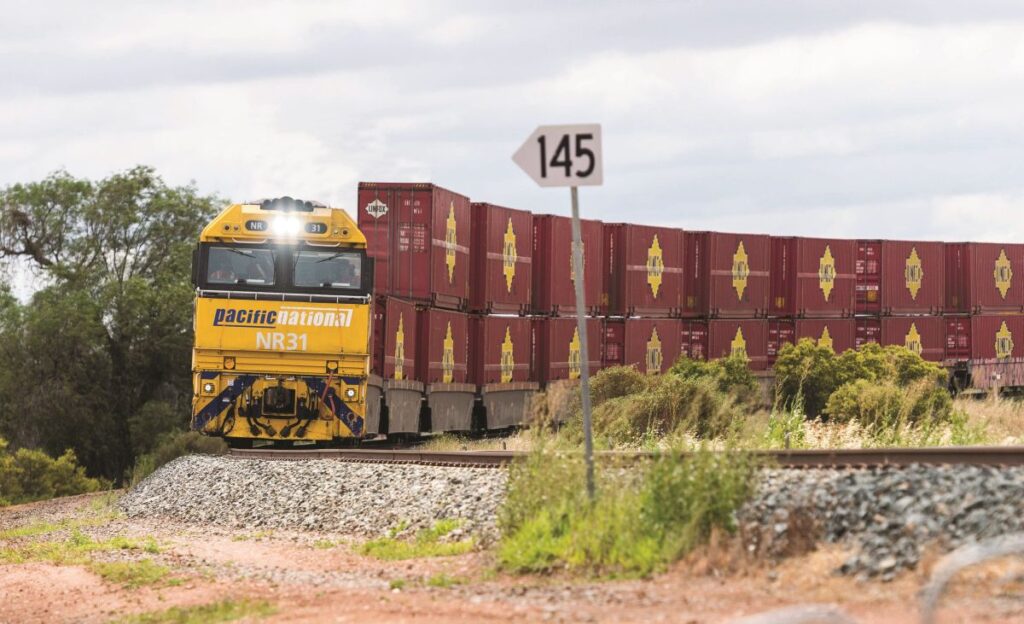Table of Contents
Electronics shipping China to Europe has become a crucial link in the global supply chain. As China leads in manufacturing and Europe remains a top importer, efficient transport solutions are essential. However, understanding shipping costs, customs rules, and transit options can be overwhelming. This guide breaks down the entire process, from factory pickup in China to delivery in Europe, ensuring a smooth and compliant logistics journey.
What Are the Main Shipping Methods for Electronics from China to Europe?
Shipping electronics from China to Europe can be done by air freight, sea freight, or rail freight. Each method suits different priorities — cost, time, or cargo volume.
| Method | Average Cost (USD/kg) | Transit Time | Best For | Pros | Cons |
|---|---|---|---|---|---|
| Air Freight | 5–10 | 5–9 days | High-value electronics | Fast, secure | Expensive for bulk |
| Sea Freight | 0.8–2 | 30–40 days | Large shipments | Cost-effective | Slower transit |
| Rail Freight | 2–4 | 18–22 days | Mid-volume cargo | Balanced option | Limited routes |
Moreover, combining modes (e.g., rail–truck) can optimize delivery schedules and reduce total logistics cost.
How Much Does Electronics Shipping from China to Europe Cost?
Shipping costs depend on weight, dimensions, mode of transport, and destination port. On average, air freight costs $6–9/kg, while sea freight costs $1,800–$3,000 per 20ft container.
| Shipping Mode | Example Route | Typical Cost | Transit Time |
|---|---|---|---|
| Air Freight | Shenzhen → Frankfurt | $7.5/kg | 6 days |
| Sea Freight | Ningbo → Rotterdam | $2,300/20ft | 35 days |
| Rail Freight | Xi’an → Hamburg | $3,800/40ft | 20 days |
Tip: To save money, consolidate shipments or negotiate with forwarders for long-term rates. Additionally, consider using DDP (Delivered Duty Paid) to simplify import taxes.
What Documents Are Required for Customs Clearance?
Proper documentation ensures smooth customs clearance for electronics shipping China to Europe. Any missing paperwork can delay your cargo significantly.
| Required Document | Purpose |
|---|---|
| Commercial Invoice | Declares value and details of goods |
| Packing List | Lists quantity, weight, and packaging |
| Bill of Lading / Air Waybill | Proof of shipment and ownership |
| CE Certificate | Confirms EU compliance for electronics |
| Import License (if required) | Needed for controlled devices |
Furthermore, customs authorities may request RoHS or WEEE compliance certificates for eco-regulated products. To summarize, always double-check EU import regulations before shipment.
How Long Does It Take to Ship Electronics from China to Europe?
Transit times vary widely depending on the transportation method and European destination.
| Route Example | Mode | Transit Time |
|---|---|---|
| Shanghai → Rotterdam | Sea Freight | 35–40 days |
| Shenzhen → Amsterdam | Air Freight | 6–8 days |
| Xi’an → Warsaw | Rail Freight | 18–20 days |
Additionally, customs inspections and port congestion can extend lead times by 3–5 days. Therefore, plan your delivery schedule accordingly and include buffer time in your supply chain.
Real Case Studies: Electronics Shipping China to Europe
Case 1: Smartphones from Shenzhen to Amsterdam (Air Freight)
- Volume: 1.5 tons (small devices)
- Mode: Air freight
- Cost: $8/kg → Total $12,000
- Transit Time: 6 days
- Outcome: Timely delivery for a retail launch, zero damage during transit.
Case 2: Gaming Consoles from Ningbo to Hamburg (Sea Freight)
- Volume: 1×40ft container
- Cost: $3,200 (all-in DDP)
- Transit Time: 37 days
- Outcome: Saved 45% vs air freight, smooth customs clearance.
What Are the Common Challenges in Electronics Shipping?
Although logistics from China to Europe are well-developed, several challenges can arise:
- Strict customs inspections for electronic components with batteries
- Packaging requirements for fragile or high-value goods
- Regulatory changes under EU import standards
- Supply chain disruptions during peak seasons
To illustrate, failure to meet CE standards can result in delayed clearance or fines. However, a professional freight forwarder can handle documentation and ensure compliance efficiently.
How to Choose the Right Freight Forwarder for Electronics Shipping?
Choosing a reliable shipping agent or freight forwarder ensures that your electronics reach Europe safely. Consider these key factors:
- Experience in handling electronic goods and lithium battery regulations.
- Global network with customs brokerage support in both China and Europe.
- Transparent pricing with clear cost breakdowns.
- Insurance options for high-value shipments.
Moreover, always request quotes from at least three forwarders to compare not only rates but also customer service quality.
How to Pack and Protect Electronics During Shipment?
Proper packaging is crucial to prevent shock, static, or moisture damage.
| Packaging Material | Purpose |
|---|---|
| Anti-static foam | Protects circuit boards |
| Bubble wrap | Absorbs vibration |
| Desiccant packets | Prevents humidity damage |
| Wooden crate | Adds rigidity for bulk cargo |
| Pallet wrapping | Stabilizes stacked goods |
Additionally, label boxes with “Fragile” or “Handle with Care.” On the other hand, avoid overpacking, which increases volumetric weight and shipping cost.
Conclusion
In summary, electronics shipping China to Europe requires precise coordination, compliance with EU regulations, and strategic logistics planning. Selecting the right freight method — air, sea, or rail — directly impacts cost and delivery speed. By partnering with experienced freight forwarders, importers can ensure smooth customs clearance, reduced transit time, and efficient supply chain management.
To summarize, investing time in choosing the best transport route today guarantees reliability, safety, and profitability in your electronics import operations tomorrow.
Request a Quote
Need a tailored solution for your shipping from China?
Let TJ China Freight Forwarder assist you with reliable, cost-effective service.
FAQ:
Q1.How can I reduce the total cost of electronics shipping China to Europe?
Combine shipments, use sea freight for bulk goods, and negotiate long-term freight contracts to minimize logistics cost and customs clearance fees.
Q2.What is the best season to ship electronics from China to Europe?
Avoid peak months like October–December; shipping during off-season reduces transit time delays and keeps electronics freight rates more competitive.
Q3.Can I ship small batches of electronic components by express service?
Yes, courier services like DHL or UPS handle small-volume electronics shipping China to Europe within 5–7 days, ideal for urgent deliveries.
Q4.How do Incoterms affect electronics transport pricing?
Choosing DDP covers all taxes and delivery costs, while FOB requires buyers to manage freight and import duties during logistics operations.
Q5.What documents are mandatory for smooth customs clearance?
Essential documents include a commercial invoice, packing list, bill of lading, and CE certificate for electronics shipping China to Europe.




